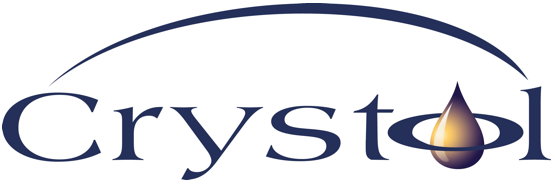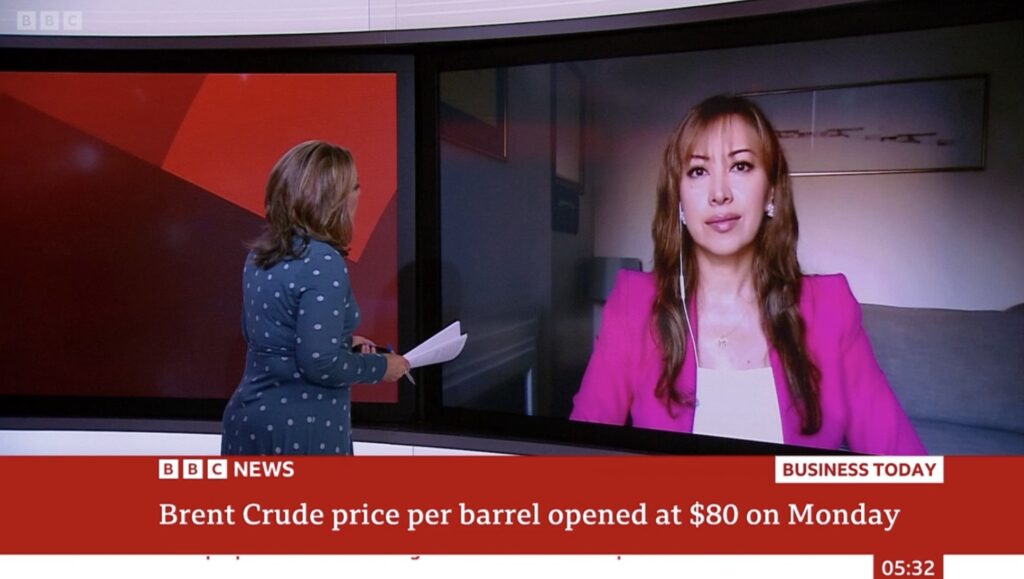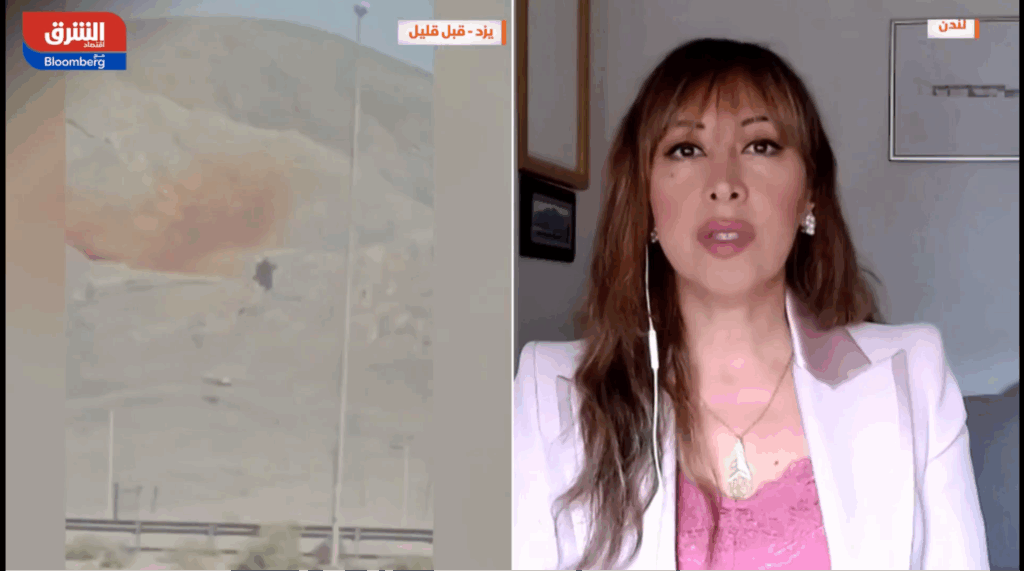Christof Rühl, member of the Advisory Board of Crystol Energy and a Senior Fellow at the Harvard Kennedy School and the Center on Global Energy Policy at Columbia University, discusses the latest global economic and oil market developments in this weekly interview to the Gulf Intelligence.
According to Christof, rounding the wagons is a good expression for the OPEC+ deal. It was not unexpected. Still, it’s interesting to see it from OPEC’s perspective – very positive that they achieved a general realignment of the quota numbers for major oil producers. It’s kind of comforting from a market perspective that this in many ways seems to overshoot in the sense that some of them won’t be able to produce as much as indicated by the new baseline. I think markets recovered last week because they saw that the additional 400,000 barrels per day had been maintained even with markets becoming weaker. It was seen by the markets to be still a good number to keep prices steady on a slight upward drift. I would assume that on the back of this, we’re heading into a year 2022 where prices will continue to tick upward and not collapse.
The demand side depends on the global economy, and this is a very open question. To find an answer, we have to do something which hasn’t really been done yet, which is to look at the experience of China’s recovery from COVID, which is a bit of a mystery for what is the world’s biggest oil demand and import centre. It is the first country to come out of the pandemic. It had the same kind of flash in the pan growth which we are now seeing in Europe and the US, with enormous growth rates that are actually quite meaningless because it mostly mirrors the enormous decline that preceded it. It could teach us a lesson of how this evolves into longer term growth and what the oil price does to inflation and to growth. At the same time, China is so opaque that we don’t know very much.
Christof believes that the jury is still out on whether this rapid recovery translates into durable demand growth and economic growth in the US and Europe. In China, the transition should have happened by now, but it seems to be at a lower growth rate than before. So, what seems to be on the cards if others follow that same example, is whether the US can recover to 2019 levels and then come back on a growth trajectory that is as high as before at least. Or whether the growth trajectory, the growth path will be permanently a bit flatter because of COVID? Now, that seems to be what has happened in China, and where Europe is heading. The US is the place in between on which a lot depends now, and that will be the driver for oil demand. There is no decision yet whether this is a flash in the pan economic recovery or whether this is sort of a durable, stable world, but early indicators are that it will be a bit weaker despite the stimulus and all these other things.
Christof is joined by Maleeha Bengali, Founder, MB Commodity Corner. Sean Evers, Managing Partner at the Gulf Intelligence, moderates the discussion.
Watch the full discussion:
Related Analysis
“Oil Intensity: The curious relationship between oil and GDP“, Christof Rühl and Tit Erker, May 2021
Related Comments
“Oil demand growth and OPEC+ dispute“, Dr Carole Nakhle, Jul 2021
“Aramco’s plans to sell more stakes in its assets and OPEC+’s way forward“, Christof Rühl, Jul 2021








